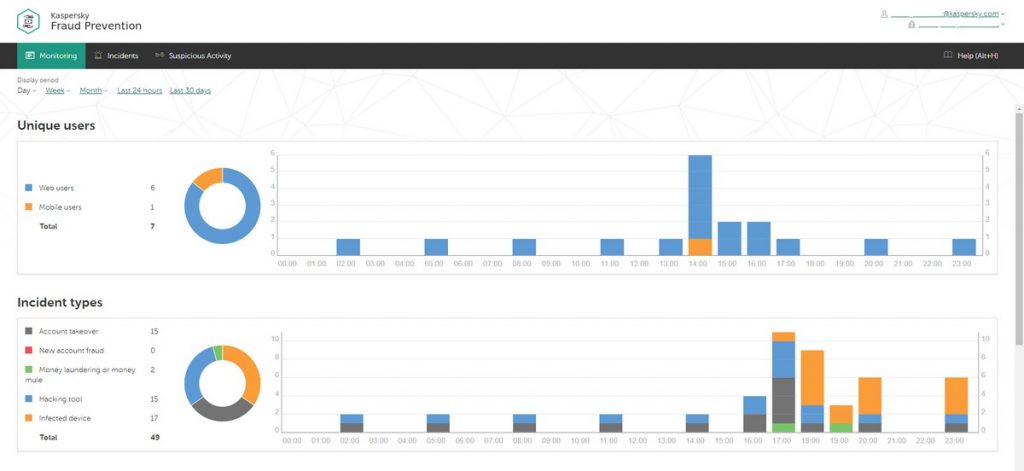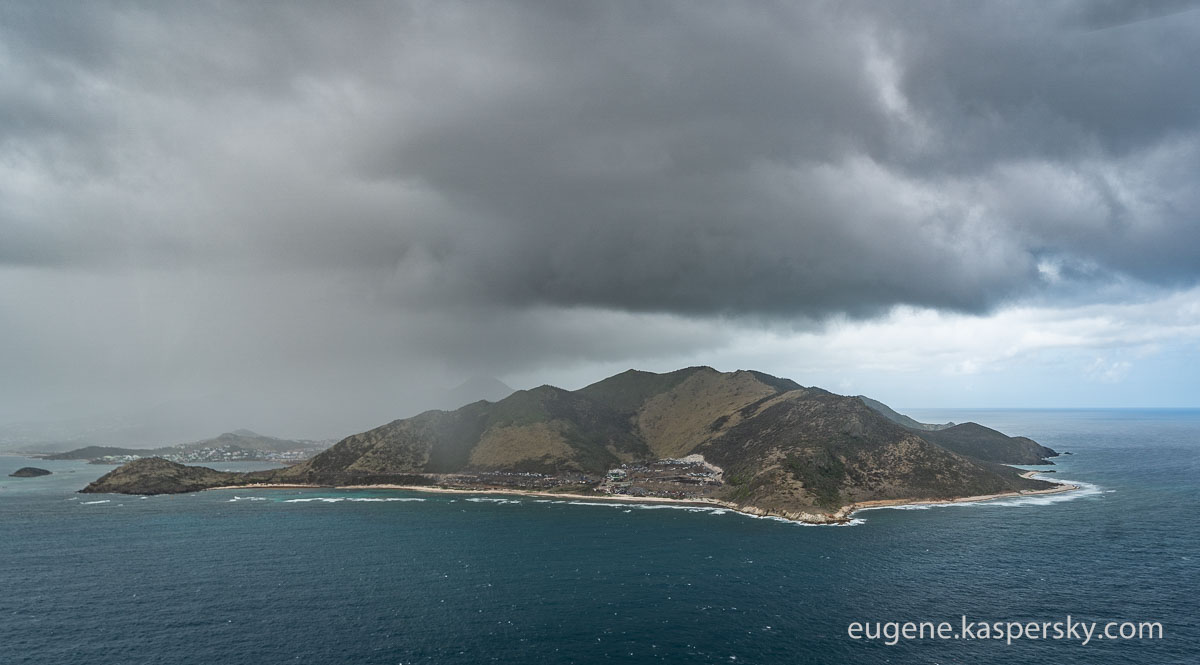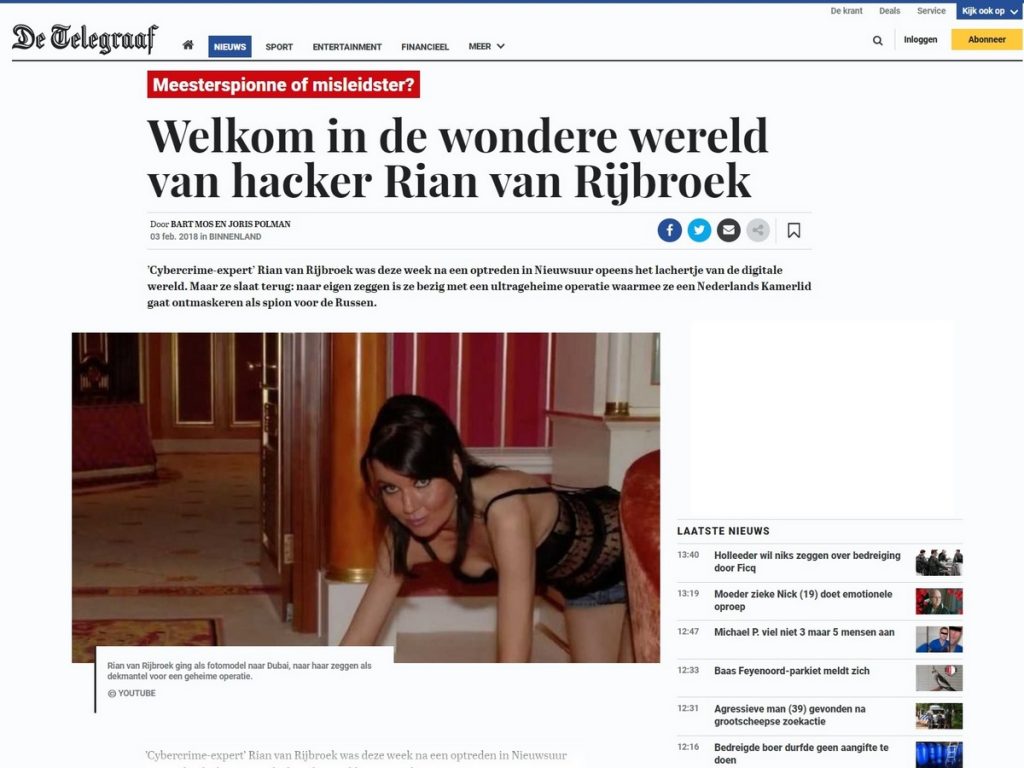When it comes to choosing an item of clothing – the only thing that’s important for me is functionality. Nice packaging, a designer brand, status level and other stuff don’t matter to me one bit. Same with cars really: if one gets you from A to B in good time, safely, and in reasonable comfort (so, maybe with a/c.) that’s all that really matters.
The same ‘ignore the unimportant stuff’ principle should be applied when it comes to one’s choice of cybersecurity product too. One really should – though many don’t – make sure one doesn’t fall for the ‘other stuff’ (= marketing waffle) that has no relation to actual protection. For it turns out that in thorough independent testing, new glamorous ‘next-generation antivirus’ products are shown to contain under their hoods fake artificial intelligence, adopted AV detection, and ‘protection’ full of holes. Put another way: they’re placebos, nothing more. So, in order not to become a victim of shiny marketing based on unsound security, you need to lift the hood yourself to have a look at how things work.
Of course, not everyone has the time and patience and technical knowledge to be able to plough through technical documentation of a cybersecurity product and understand it. But even if someone did, there’s still a chance the developer is mostly spinning a yarn throughout all that techy jargon.
With us, on the other hand, it’s just the opposite: we’re proud of our technologies, openly publish their technical details (without the yarns) and consider that anyone can understand them if explained appropriately. Ultimately we’re the most transparent cybersecurity company around – even to the extent that we’re ready to share our source code for inspection.
But to add to the clarity and accessibility of some of our tech, seven years ago, I started a series of regular posts on this here blog with the technology tag, in which all the main points of our more complex tech features are explained in simple language (complex tech features ‘you’d normally never hear about’, much less – read about in the regular, for-geeks-only technical notes). These are the largely invisible – under-the-hood – features, but they’re the ones that happen to be the real nuts-and-bolts of our cyberprotection.
Ok. Intro over. Today’s post is about how banks recognize a hack into your bank account.
Let’s say that one day you get a message from your bank that goes along the lines of: ‘Suspicious activity has been detected on your account…’. The first thing you do is go over the last few days trying to recall everywhere you’ve been, where you withdrew cash and how much, what you bought in shops/cafes, etc. and/or online, and so on.
In my case, it may look like this: (i) withdrew Norwegian kroner from an ATM in Longyearbyen, Svalbard, Norway; (ii) bought a steak and a beer salad and a mineral water in Oslo Airport, Norway; (iii) bought the missus a present in Schiphol Airport in Amsterdam, Holland – plus another salad and mineral water for lucky me; (iv) somewhere in the vicinity of the Azores bought some airplane internet access time; (v) withdrew some balboas in Tocumen Airport in Panama; and (vi) paid for dinner for a large party in a village not far from Panama City. And that was all in just one day!
Now, of course, to a bank, that string of transactions with a credit card – registered in none of the countries mentioned – sure could look suspicious. Quite who starts the day in the northernmost town in the world, buys an expensive duty free item a while later in a European capital, and ends up in Panama in the evening and forks out for a banquet, but has never taken such an unusual route before ever?
Sure. But let’s face it, banks can’t keep track of their millions of clients. How many employees would they need to do so? No, instead, the bank has a smart automated system (like Kaspersky Fraud Prevention (KFP)) that recognizes fraud automatically and with a high degree of accuracy. Ok, let’s have a look under KFP’s hood and see how it protects your money.
Each client of a bank has a model of behavior: a mathematical graph that contains the devices (computers, smartphones, tablets) and accounts of the user, bank services used (e.g., internet banking), and also rules for interaction among all the just mentioned. The model is built on the basis of collected anonymized data about specific activity of the client on the internet and using mobile bank. Crucially, the system isn’t interested in concrete transactions, sums involved, invoice details, names and so on – banking secrecy remains banking secrecy. Threats are calculated based solely on technical metadata and analysis of anonymized actions.
Such an approach allows to automatically detect many different kinds of cyber-fraud.
Example 1: Citizen X uses his internet banking application on his home computer. To authenticate his identity he uses the USB token given him by the bank. But since for protection he’s installed a next-generation antivirus based on a ‘cutting-edge AI system’, one day a malicious Trojan gets through. That Trojan – assisted by the token being forgotten about and left in the USB port – starts to transfer money on the quiet from Citizen X’s account. But it’s not ‘on the quiet’ for the banking anti-fraud system, which detects the anomalous behavior quickly, blocks the operation and informs the bank’s security department.
 KFP control panel
KFP control panel
Read on…







![YOU CAN NEVER GET TOO MANY AWARDS. SEE 1ST COMMENT FOR ENGLISH ⏩
"А из нашего окна страна Австрия видна!" - практически (с). Но в этих австриях я был не смотреть из окна, а по многочисленным деловым делам, первое из которых - лично получить несколько важных наград и множество сертификатов от независимой тестовой лаборатории AV-Comparatives.
Это далеко не первая наша награда. Скажу больше - на протяжении последних десяти лет по результатам независимых тестов к нам даже близко ни один конкурент не подобрался. Но почему тогда такое внимание конкретно к этой победе? Ответ простой: густопопсовый геополитизм. В наше весьма геополитически [очень мягко говоря] непростое время... Ну, если отбросить все казённые слова, то будет, как в известном анекдоте про поручика Ржевского. В той самой истории, когда ему указали повторить свою фразу без матерщины. На что тот ответил: "Ну, в таком случае я просто молчал".
Так вот, в наше "поручико-ржевско-молчаливое время" участвовать и получить первые места в европейских тестах - это за пределами научной и ненаучной фантастики. Что в целом совпадает с одной из основных парадигм моей жизни: "Мы делаем невозможное. Возможное сделают и без нас" (с). Большими трудами и непомерными усилиями - да! Это можно! Мы заделали такие продукты, такие технологии, такую компанию - что даже в непростое время нас и в Европах знают, уважают, любят и пользуются. Ура!](https://scontent-iad3-2.cdninstagram.com/v/t51.29350-15/430076034_1096357205018744_692310533755868388_n.heic?stp=dst-jpg&_nc_cat=103&ccb=1-7&_nc_sid=18de74&_nc_ohc=XLII-tX29aoAX80SM4u&_nc_ht=scontent-iad3-2.cdninstagram.com&edm=ANo9K5cEAAAA&oh=00_AfBINCtkZ3-r_aTvdSC36JELI05V6PuBnMWs672PK3GsBQ&oe=65E63D48)


































